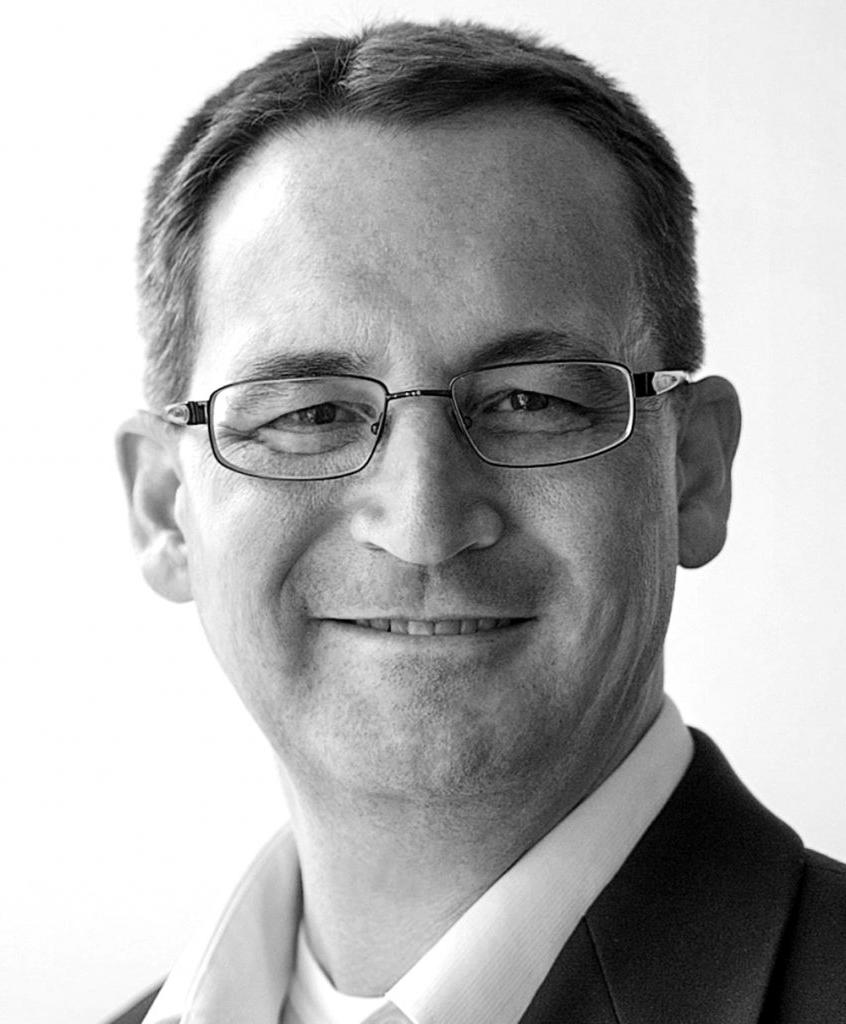为什么全球公交车电动化进程正在加速
Strategically planning for fleet electrification
公共交通机构需要制定一项战略计划,逐步从老式的汽油和柴油公交车过渡到电动汽车,其速度要与车辆本身以及充电和维护基础设施升级所需的可用资金相匹配,以保持公交车的运行. 对操作人员和维修人员的培训也需要考虑到计划中.
其他关键的车队转型因素通常还包括调整服务时间表,以考虑到电动公交车的行驶里程较短, 优化设备功率配置并确定相关的运行数据分析, among many other complex considerations.
市政运输机构通常每年只更换大约5%到10%的公共汽车, they necessarily need to look at how to implement a methodical, stepwise deployment of the electrification of their fleet over a number of years. 然而, because electric vehicles 和 charging technology are continuously evolving, 战略实施计划需要考虑到未来升级的电动汽车和运营基础设施的能力.
Most existing bus garage procedures, maintenance staff training 和 experience, 服务区的配置是基于使用化石燃料的公交车队来满足服务需求. As the shift to an electric fleet will almost always takes years to complete, 在每个机构完成其过渡的过程中,将需要进行大量的临时规划和资源管理.
We’ll explore some of these transit fleet electrification issues in future 洞察力 文章中,包括:
- 的优点, 电池电动公交车(BEB)与氢燃料电池电动公交车(FCEB)的缺点和其他战略考虑.
- 如何通过街区建模来管理绿色交通的限制因素.
- What does the future look like for transit fleet electrification?
道格·帕克是 运输 systems engineer 和 planner, specializing in assisting public agencies with applying advanced technology. He is a recognized leader in transit technology consulting, 与AG平台的运输技术咨询业务密切合作.
His 33 years of experience spans all 公共交通 模式, 包括铁路, 固定路线巴士, 快速公交, 渡轮, dem和 responsive transit, 农村交通. It also includes the full range of transit technologies, including those in support of planning, 运营管理, 公共信息, 收益管理, 安全, 和 business intelligence.
Doug has been involved with numerous planning, 研究和评估工作,包括区域部署计划的发展, 体系结构, 评估, 和 several Transit Cooperative Research Program projects.









